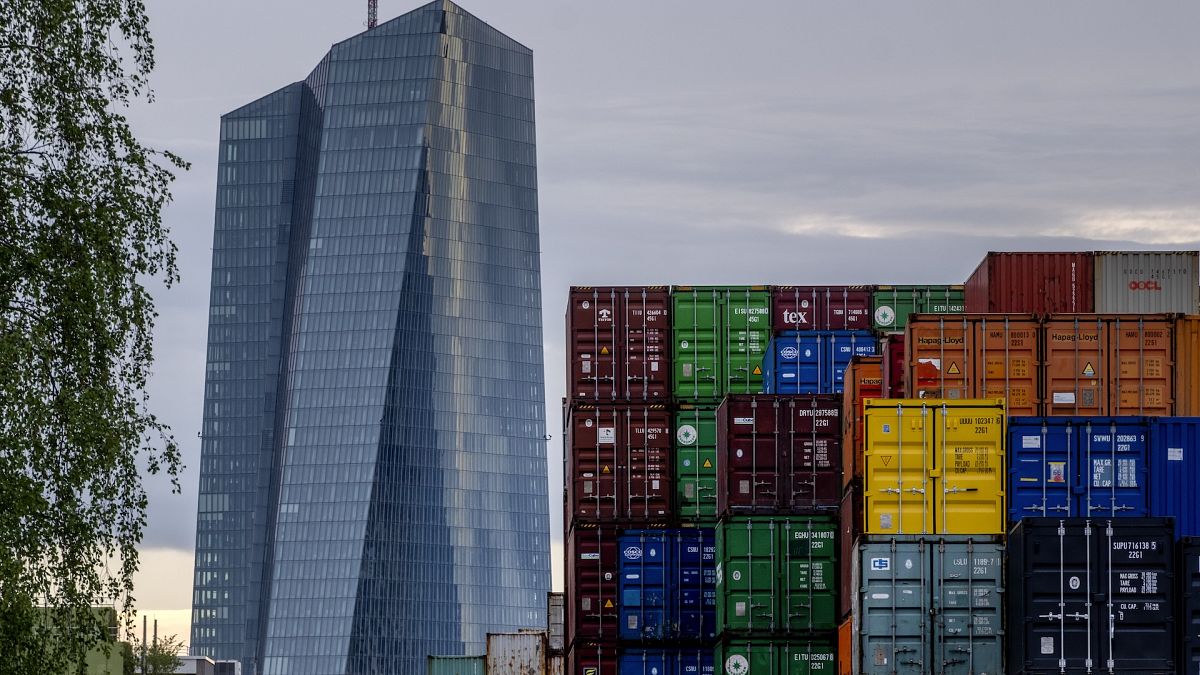Copy link Copied Copy link Copied Subscribe to gift this article Gift 5 articles to anyone you choose each month when you subscribe. Already a subscriber? Login The black and grey tones of its sleek carbon-fibre hull make it look slightly ominous, perhaps even military. And its ability to silently sneak up also suggests this might be some sort of stealth weapon.
But the real point of difference with the $750,000, electrically powered, Candela C-8 on which Life & Leisure is cruising Sydney Harbour becomes obvious once it hits 16 knots, or about 30km/h. At that point, this Swedish-built pleasure craft rises on its front and rear foils, and flies above the water with astonishing smoothness and almost no wake. The Candela C-8 is claimed as the first foiling electric boat in Australia, and it could well be the sign of things to come.

After all, electricity offers the cleanest and quietest form of power-boating, and foiling the most efficient. The Candela C-8 flits smoothly across Sydney Harbour. It’s not all upside: a battery increases the upfront price and restricts range, while foils add cost and complexity, and the boat needs to drop back into the water if the swell is too large.
But for, say, a day on Sydney Harbour and surrounds, the Candela makes for a very appealing package. Modern computing power has been the game changer for foils, which is why they are being used for electric ferries and, more prominently, America’s Cup and SailGP racing yachts. Candela claims the C-8 can micro-adjust its foil angles 100 times a second to meet the conditions.
Our captain, Emilia Mehks, came out from Sweden with this demo boat. “You need to buckle up,” she says, with her hands on the sports car-like steering wheel, “because you don’t realise how fast you are going when you start flying.” We taxi out, if that’s the right nautical term, at 4 knots, past all the moored yachts.
Then it’s a push up of the hand-throttle and, in about 12 seconds, we have lifted above the water and are skating along at 22 knots. The top speed is said to be 30 knots, or nearly 56km/h, but we stick to 22, the most efficient speed. The large Tesla-like touchscreen in the neatly appointed interior says we are using the same amount of power foiling at that speed as when pushing the hull through the water at 4 knots.
Up on the foils you feel like you are suddenly on the second storey. You can have a normal conversation with the people in the seats behind. The loudest sound is the wind.
When we cut across the ample wash of a Sydney ferry, it’s merely a slight drumming way down below. In a conventional bow-rider, the wash would have noisily and repeatedly slapped the undersides. The serenity is such it’s easy to forget the tech, and just enjoy the amazing things about Sydney Harbour: the Harbour Bridge straight ahead, the Opera House to our left, the sun hitting the glassy skyline and Royal Botanic Garden.
The only turbulence is while “landing”. With the throttle pushed back, the Candela C-8 splashes down like a seaplane. This example has been brought out by local agent Carbon Yachts.
There are three versions of the C-8: the fully enclosed Hardtop, the open Day Cruiser and the one we are in, the $750,000 T-Top. The 8 in the name refers to the length in metres. It will comfortably seat five, or eight passengers in a pinch, and can sleep two downstairs.
The 69 kWh battery is supplied by car-maker Polestar. Its heft is more than countered by the lightweight carbon-fibre hull. Indeed, the C-8 weighs just 1750 kilograms all up, less than the much shorter Polestar 2 car .
The foils pull up tight against the hull for shallow water or for transporting on a trailer. The most important figure for many will be the range: a claimed 57 nautical miles (106 kilometres). Chris Hrones, managing director of Carbon Yachts, argues that range, and the fast-charging network being set up along the eastern seaboard, provides the tipping point for electricity.
“You could use your whole battery going somewhere for lunch and, in an hour, you’ve got another 60 per cent charge again, for the rest of the day.” The T-Top provides shelter from the sun or rain. As with many proponents of electric boats, Hrones says range anxiety is rarely justified because most people travel only small distances, even if they are in their boat all day.
He points out too, that d’Albora Marinas, for one, is installing Seavolt fast chargers at its 13 sites (in Queensland, NSW and Victoria). And what are the C-8 advantages beyond the environmental? “Well, if you’re somebody who gets seasick, you foil above the waves. And you don’t have to refuel the boat and have it stink of petrol or diesel.
” Hrones says the running costs are vastly lower, with the C-8 needing a powertrain service only every 2000 hours, and electricity costing a tiny fraction as much as petrol. However, as with the early days of electric cars, the interest level is high but so is the caution. “We’re still learning,” says Hrones when asked how big the market for new electric boats might be.
“It’s just a matter of proving the tech and convincing people that it’s a viable option.” Copy link Copied Copy link Copied Subscribe to gift this article Gift 5 articles to anyone you choose each month when you subscribe. Already a subscriber? Login Follow the topics, people and companies that matter to you.
Fetching latest articles.



















